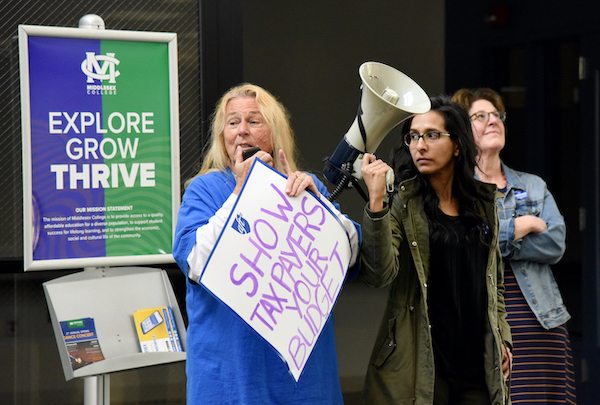By Marian Wang
“Smart students that can pay” — the financial aid tactic state colleges are increasingly copying from private institutions.
Shauniqua Epps was the sort of student that so many colleges say they want.
She was a high achiever, graduating from high school with a 3.8 GPA and ranking among the top students in her class. She served as secretary, then president, of the student government. She played varsity basketball and softball. Her high-school guidance counselor, in a letter of recommendation, wrote that Epps was “an unusual young lady” with “both drive and determination.”
Epps, 19, was also needy.
Her family lives in subsidized housing in South Philadelphia, and her father died when she was in third grade. Her mother is on Social Security disability, which provides the family $698 a month, records show. Neither of her parents finished high school.
Epps, who is African-American, made it her goal to be the first in her family to attend college.
“I did volunteering. I did internships. I did great in school. I was always good with people,” said Epps, who has a broad smile and a cheerful manner. “I thought everything was going to go my way.”
At first, it looked that way.
Epps was admitted to three colleges, all public institutions in Pennsylvania. She was awarded the maximum Pell grant, federal funds intended for needy students. She also qualified for the maximum state grant for needy Pennsylvania students.
None of the three schools Epps was admitted to gave her a single dollar of aid.
To attend her dream school, Lincoln University, Epps would have had to come up with about $4,000 per year, after maxing out on federal loans — close to half of what her mother receives from Social Security. It was money her family didn’t have, she said.
Public colleges and universities were generally founded and funded to give students in their states access to an affordable college education. They have long served as a vital pathway for students from modest means and those who are the first in their families to attend college.
But many public universities, faced with their own financial shortfalls, are increasingly leaving low-income students behind — including strivers like Epps.
It’s not just that colleges are continuously pushing up sticker prices. Public universities have also been shifting their aid, giving less to the poorest students and more to the wealthiest.
A ProPublica analysis of new data from the U.S. Department of Education shows that from 1996 through 2012, public colleges and universities gave a declining portion of grants — as measured by both the number of grants and the dollar amounts — to students in the lowest quartile of family income. That trend has continued even though the recession hit those in lower income brackets the hardest.
More>>



